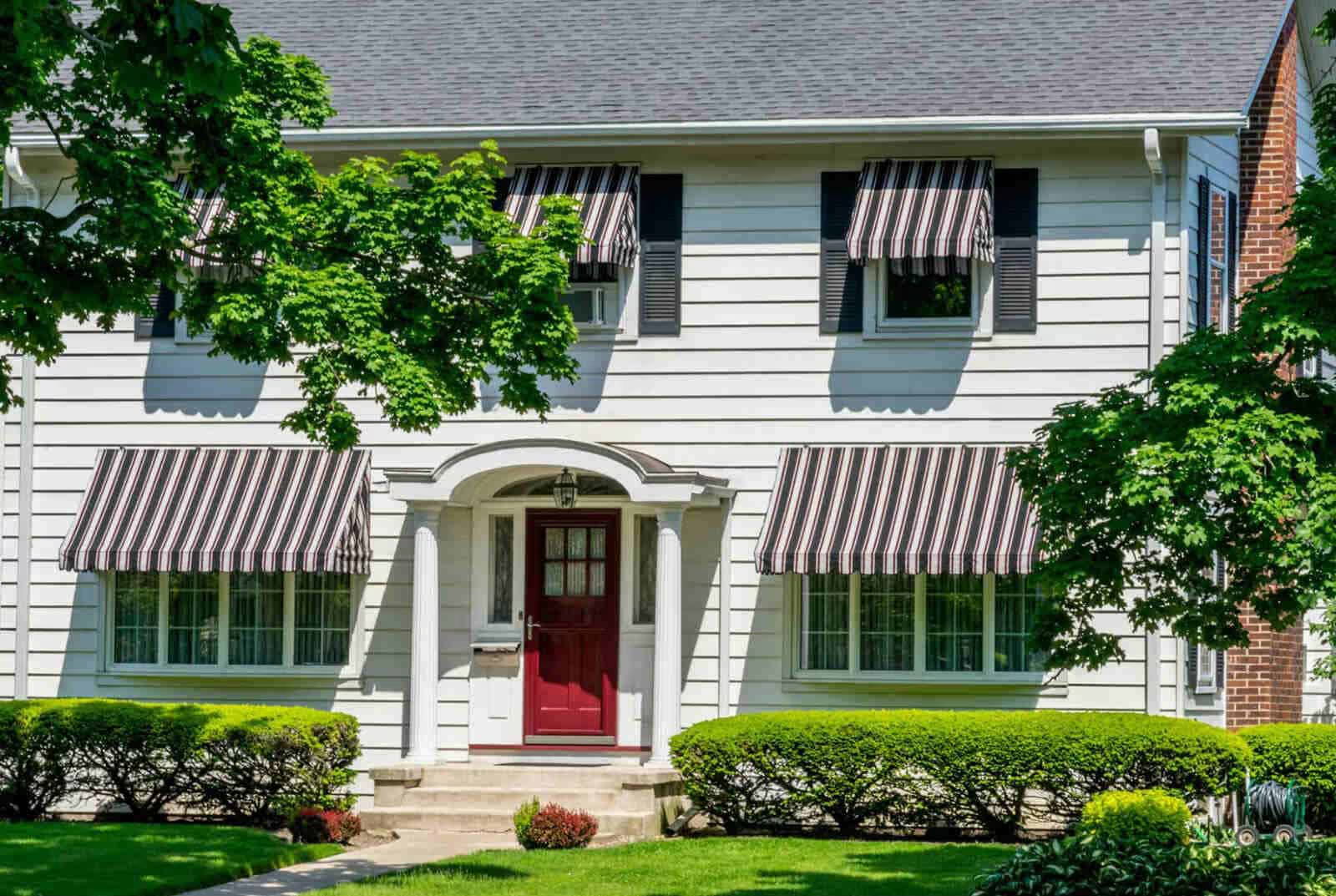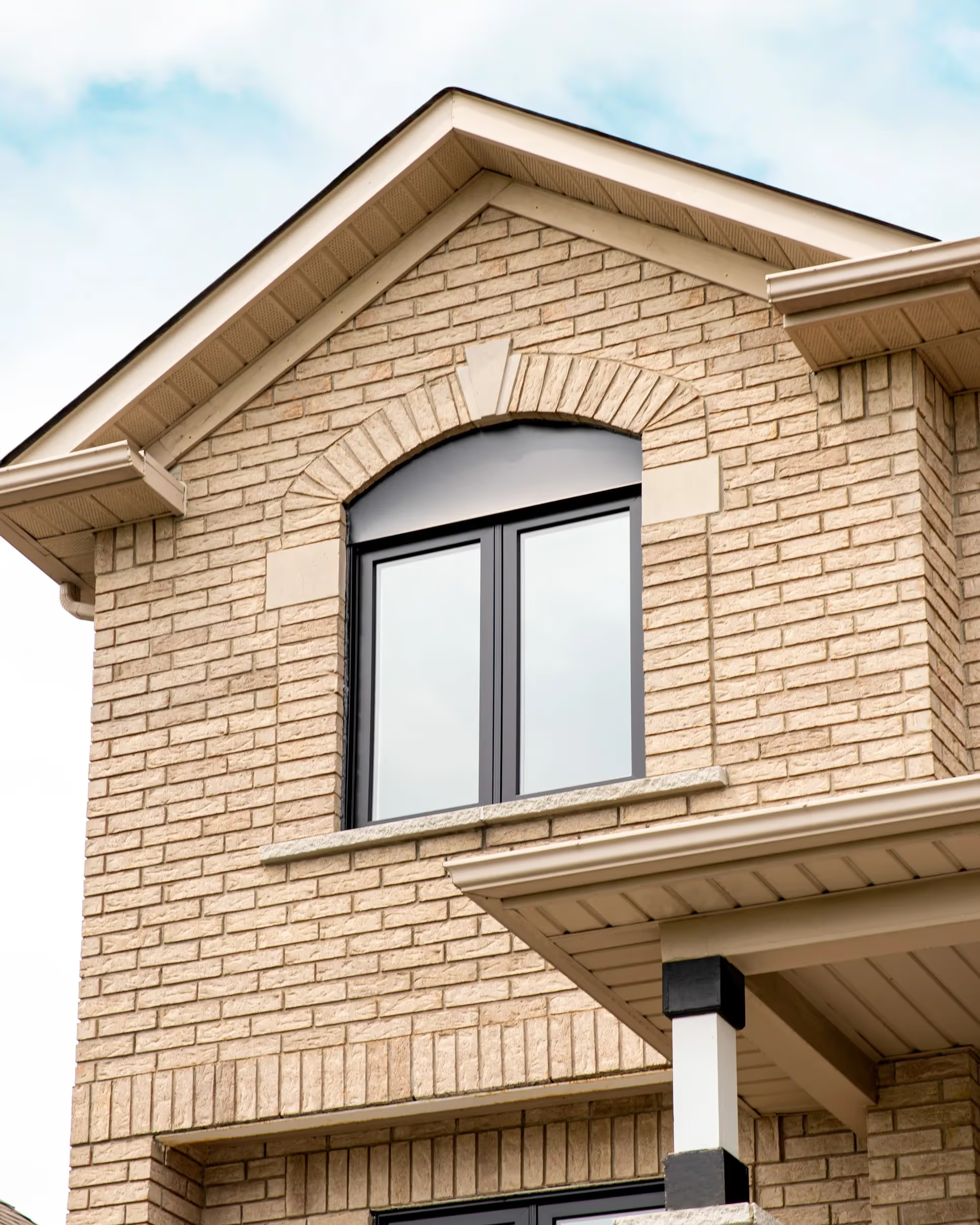Casement windows can be a beautiful addition to any home. Simply put, a casement window is a window that is attached to its frame by hinges, instead of on the sides like regular windows. This allows the window to open outwards. While the mechanical framework is the same, casement windows can slightly differ and give your home a slightly modified look and feel depending on which model you choose.
If you are interested in replacing the windows in your home with casement windows or wish to change just a select few, one of the main things to consider is the material used in the making of your window. This is because your window’s material will, in turn, affect the effectiveness of your window, and there are a few material options that you can choose from.
Casement Window Materials
Vinyl windows have gone through a dramatic technological change since the 1990s, and is actually now widely considered one of the best choices when it comes to window composition. Vinyl is very cost effective and is fairly energy efficient. They can also be customized to your windows and fit well in many homes.
If you are looking to replace your windows at a reasonable cost, vinyl windows are a great route to take. However, it is always a good idea to speak to a professional in the windows and doors industry before making your final decision in case there are variables that you may not have considered that apply to your home.
Wooden windows are a classic and are classic for a reason. They are still widely considered one of the best window choices for effectiveness. While wooden windows resist moisture and conducting heat more than any other material, they also require the most maintenance. However, the vast majority of wooden windows today come with a vinyl coating, which leverages the advantages of each material. With long-lasting durability, wood is a great choice if it fits your budget as well as your home’s aesthetic.
Although the effectiveness of a window will vary depending on its material, one material that you will want to avoid is metal windows. Metal windows usually bring unwanted moisture and heat into your home, so if you are hoping to install casement windows to your home, it is best to choose between vinyl or wooden. Once you have this in mind, here are a few options to help you decide which window style would work best for your home.
Opening Casement Windows
Casement windows are controlled with cranks, which determines how far the window will open. Cranks help prevent strong winds from slamming the windows shut. If a strong wind was to force the window closed, the window frame could get damaged and there is a likelihood that the glass could shatter.
The crank of a casement window helps homeowners remain in control of the window as opposed to letting strong winds possibly damage the home. Some casement windows are controlled with levers or cam handles instead.
Out-Swinging Casement Windows
Casement Windows that swing outwards have hinges that are also located on the outside. The hinges placed in this area allows the window to open into your back or front yard without causing damage to the frame.
Out-swinging casement windows are by far the most popular casement window design. This is due to many factors- one of which includes the fact that windows that open outward help save on interior space as opposed to windows that open inwards toward the home. However, there are some models of casement windows that do open inwards. Regardless of the direction that the windows open in, they are both classified as “casement windows”.
Energy Efficient Casement Windows
Casement windows that come equipped with two or more frames may qualify as energy efficient windows. They differ from single-paned windows in that they are manufactured differently. When there are two or more panels in a window, the spaces between the glass is filled with argon gas. This gas creates an additional layer of protection between the temperature on the outside of the home from impacting the temperature on the inside of the home.
Homes that utilize energy efficient windows do not have to use as much heating or energy to maintain a comfortable interior climate, meaning their heating bills are often lower, which also helps reduce the home’s environmental footprint.
Decorative Casement Windows
Some casement windows are equipped with decorative glass that adds character, personality, and a unique flair to a home. Decorative glass refers to glass with all types of designs. This can include coloured glass as well as a combination of multiple glass panes held together by metal. When manufactured and installed tastefully, it can elevate the appearance of a home and make a regular window look luxurious.
Casement windows can be made to look more ornate with a lattice pattern, for example. This elevates the appearance of the window without creating a mess. Lattice patterns have a warm, inviting feel to them that can be appropriate in any kind of home.
Other Types of Casement Windows
Most standard casement windows are equipped with hinges built into the sides. Regardless if they open to the left side or right side, their functionality is wholly dependent on hinges that are properly placed. Similar casement windows can open by lifting the bottom of the window or lowering the top of the window, instead.
If a casement window opens through the bottom and has hinges there, then it can be considered a “hopper”. Casement windows that have hinges at the top are usually referred to as an “awning window”. The only thing that differs between these casement windows is the hinge placement and other than this small detail, it is almost impossible to tell the difference between these window types.
Casement windows have been around for hundreds of years and as preferences have changed throughout the years, many homeowners today prefer windows that slide. However, these classic crank-controlled windows are the perfect addition to modern architecture. They fill a unique niche as it adds extra detail and decoration that can truly elevate and transform a home.








